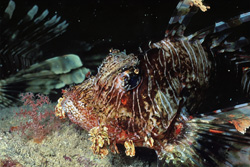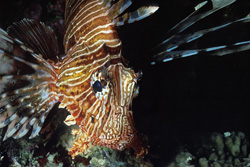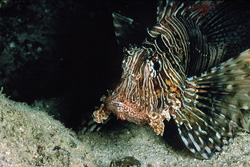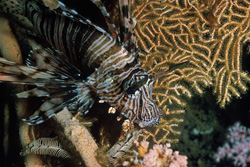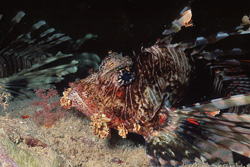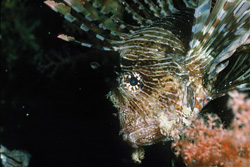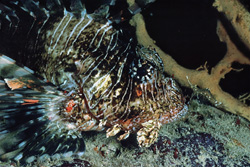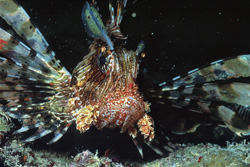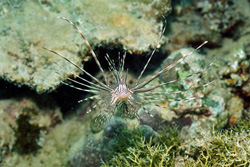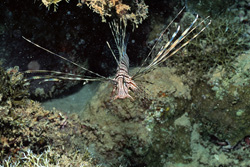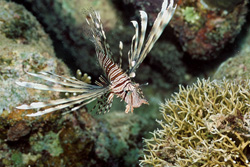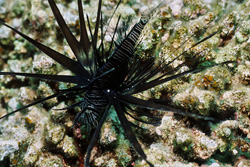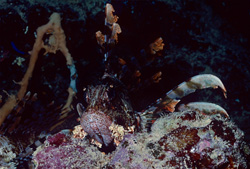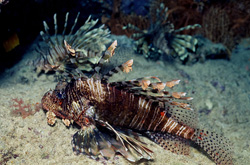Discover the Fascinating Lionfish – A Masterpiece of Marine Biology
The lionfish is a captivating species known for its vibrant colors and long, fin-like tentacles. Originally native to the Indo-Pacific, this marine predator has spread to various other waters, often being considered an invasive species. The striking patterns and venomous spines of the lionfish serve both as a deterrent against predators and as a means of communication within the species. In coral reefs, their coloration provides camouflage from threats while adding stunning highlights to the underwater landscape. The lionfish plays a crucial role in the marine ecosystem by regulating populations of smaller fish and crustaceans. Their presence can significantly impact the balance of local species, making their control and study vital for marine conservation projects. Lionfish reproduction is remarkably efficient, contributing to their rapid spread. Females can produce hundreds of eggs per season, which develop into larvae and disperse widely across the ocean. This high reproductive rate poses challenges for ecological sustainability. Research indicates that the lionfish is also of interest in medical research due to its toxins, which hold potential for new pharmaceuticals. Additionally, fisheries represent an important income source in some regions attempting to control populations through commercial harvesting. The adaptability of the lionfish to various environmental conditions makes it an intriguing subject for scientists worldwide. Studying their behavioral patterns and habitats provides valuable insights into the dynamics of marine ecosystems. Preserving natural habitats and managing invasive populations are essential to protect ocean biodiversity and maintain ecological balance.

